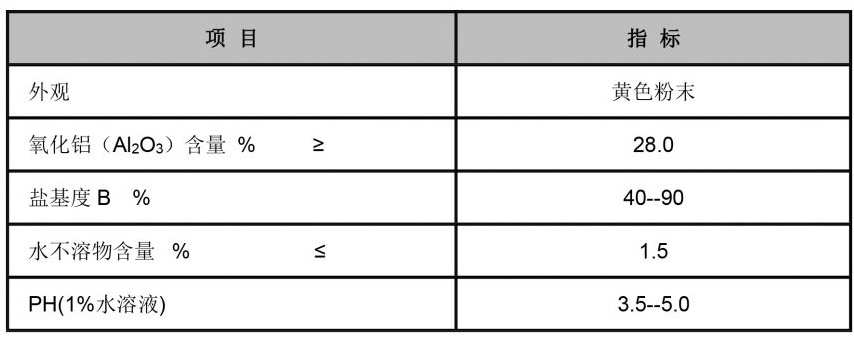Applications and Benefits of Anionic Polyacrylamide in Water Treatment and Soil Stabilization
The Significance of Anionic Polyacrylamide in Modern Applications
Anionic polyacrylamide (PAM) is a versatile polymer widely recognized for its applications in various industrial fields, ranging from water treatment to agriculture. As a water-soluble polyacrylamide derivative, the anionic form possesses a negative charge, making it particularly effective in binding with positively charged contaminants in water and soil. This inherent property forms the basis for its extensive use in several applications.
One of the primary uses of anionic polyacrylamide is in the treatment of wastewater. With stringent regulations surrounding water quality, industries must adopt effective means to purify their effluent before release. Anionic PAM acts as a coagulant and flocculant, helping to aggregate suspended particles. When added to water, the polymer chains interact with particles, promoting their aggregation into larger clumps or flocs. This process significantly enhances the removal of solids, including metals, organic materials, and other impurities. The implementation of anionic PAM in wastewater treatment plants has resulted in improved efficiency and reduced costs, making it an invaluable tool in achieving compliance with environmental standards.
In agriculture, anionic polyacrylamide is used to improve soil characteristics and manage water resources effectively. The polymer enhances soil structure and stability, promoting better water retention, especially in arid regions. By reducing soil erosion and increasing moisture availability to crops, anionic PAM helps sustain agricultural productivity, even in adverse weather conditions. Farmers who incorporate anionic PAM into their irrigation systems observe a marked improvement in crop yield and health. Additionally, the polymer helps mitigate the risks associated with runoff, thus protecting nearby water bodies from nutrient overload.
Furthermore, anionic polyacrylamide plays a crucial role in the oil and gas industries. During the extraction process, water is often injected into reservoirs to enhance oil recovery. The addition of anionic PAM can improve the efficiency of this water flooding process. The polymer acts to increase the viscosity of the water, which helps to sweep more hydrocarbons toward the production wells. This not only maximizes oil recovery but also minimizes water usage, aligning with sustainability goals in energy production.
anionic polyacrylamide

The pulp and paper industry also benefits significantly from anionic polyacrylamide. In this sector, the polymer is employed as a retention and drainage aid, enhancing the efficiency of the paper-making process. By facilitating the retention of solids in the paper pulp, anionic PAM helps reduce water consumption and energy usage during production. This is especially beneficial for mills seeking to reduce their environmental footprint while maintaining product quality.
Moreover, in the field of construction, anionic polyacrylamide is utilized in soil stabilization and as a thickening agent for cement. Its ability to enhance water retention in mixed soil reduces the risk of erosion and provides stability to structures. It helps maintain the integrity of roadways and construction sites, ensuring the durability of infrastructure projects.
It is essential to note that while anionic polyacrylamide is highly effective, its usage must be approached with caution. Environmental considerations regarding its degradation and potential toxicity, especially in aquatic ecosystems, are paramount. Research continues to explore more sustainable alternatives and the long-term impacts of polymer use.
In conclusion, anionic polyacrylamide stands out as a significant contributor to numerous industries, improving processes and outcomes in wastewater treatment, agriculture, oil extraction, and construction. Its multifunctional properties make it a critical component in driving efficiency and sustainability. As the challenges of resource management and environmental protection evolve, the role of anionic polyacrylamide will likely continue to gain prominence, underscoring the need for ongoing research and innovation in this field.
-
lk-319-special-scale-and-corrosion-inhibitor-for-steel-plants-advanced-solutions-for-industrial-water-systemsNewsAug.22,2025
-
flocculant-water-treatment-essential-chemical-solutions-for-purification-processesNewsAug.22,2025
-
isothiazolinones-versatile-microbial-control-agents-for-industrial-and-consumer-applicationsNewsAug.22,2025
-
scale-inhibitor-key-solutions-for-water-system-scale-preventionNewsAug.22,2025
-
organophosphonates-versatile-scale-inhibitors-for-industrial-water-systemsNewsAug.22,2025
-
scale-and-corrosion-inhibitor-essential-chemical-solutions-for-water-system-maintenanceNewsAug.22,2025





